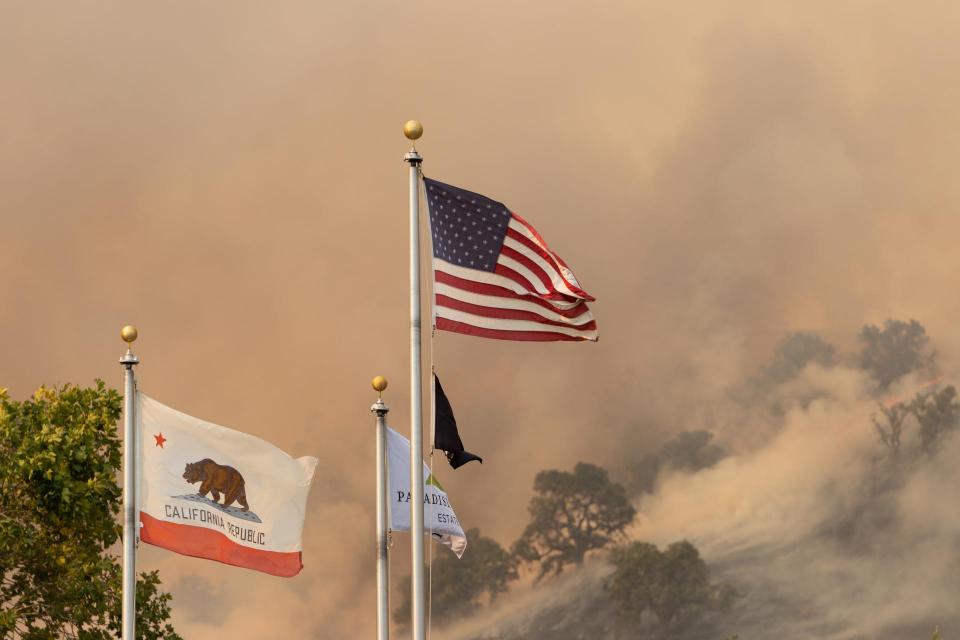Climate change has led to a torrent of wildfires throughout California in recent years. During times of wildfire and smoke-filled air, it’s important to know how to stay safe on the job and at home. You can also get involved in CFT’s Climate Justice Campaign.
Air Quality Index
There are two main sources of air quality data: AirNow.com, a federal website with that partners with local air quality management districts; and PurpleAir.com, a website maintained by a company in Draper, Utah, that relies on data from low-cost air-quality sensors that people buy and install on their own.
Both allow you to find the Air Quality Index (AQI) in your area by entering your zip code. Often, their measurements don’t match up with each other — or with what the air feels like when people breathe it in. Here’s why.
- AirNow has hourly data drawn from a handful of regional monitors, and is reported with a time lag. AirNow is also available as an app for your mobile device. Experts say AirNow has the most accurate information.
- PurpleAir refreshes data every 10 minutes and uses a lot more sensors, but they’re lower quality. As a result, PurpleAir may show more data for microclimates.
Worker Resources from Cal/OSHA
If you are in a wildfire region, the California Department of Industrial Relations and Cal/OSHA offers valuable information about protecting workers from fire hazards, from staying safe during power outages, and worker safety during clean-up after a wildfire.
- Worker Safety in Wildfire Regions (overview page with all content)
- New! Frequently Asked Questions about Wildfire Hazards
- New! Protecting Workers When there are Power Outages
If you are in an area where outdoor air quality has been deemed unhealthy or greater by the local government agency, Cal/OSHA offers information about protecting outdoor workers and indoor workplaces from smoke caused by wildfires. Find direct links below to info about worker protections from wildfire smoke, safe use of N95 masks and respirators. The pages can also be viewed in Spanish.
- Emergency Regulation on Protection from Wildfire Smoke
- Protecting Indoor Workplaces from Wildfire Smoke with Building Ventilation Systems
CFT’s Climate Justice Campaign
Our own union, through its Labor and Climate Justice Education Committee, has put together excellent resources to teach about climate change through the lens of an education union. In our Climate Justice Toolkit you will find flyers to distribute to union members and at meetings and by email or text, resolutions and articles, and more resources for teaching and learning.

